5 lucky plants for good fortune – plant experts share their meaning and how to grow them in your own backyard
These plants are symbolic of wisdom, wealth, positivity, and more
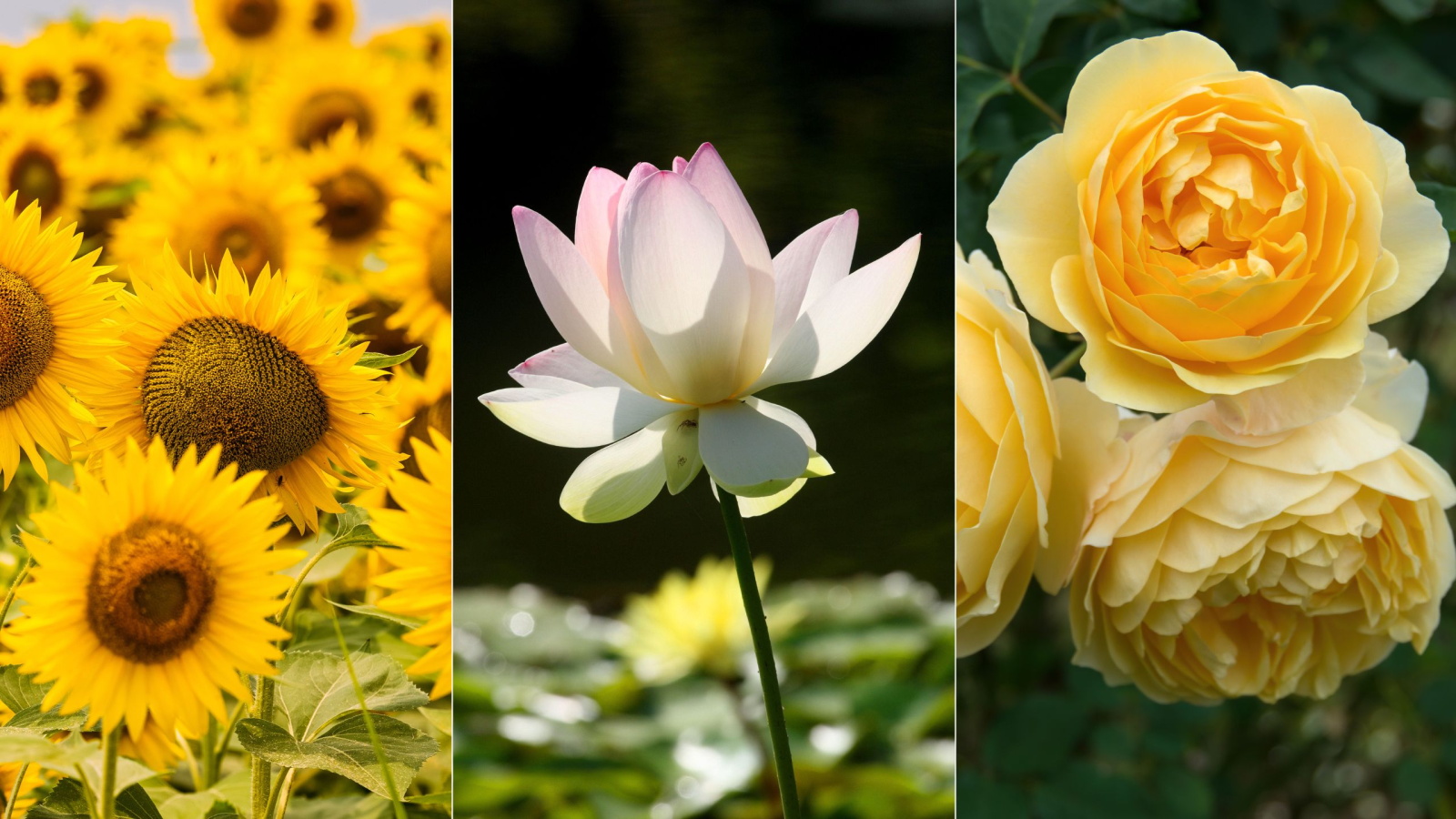

With January marking a new year full of new possibilities, many of us are spending this month setting some goals and manifesting what we want our 2025 to look like. Well, what if I told you there are a few particular lucky plants that might just be able to help you out?
Just like Feng Shui plants that bring positive energy to our homes, many believe there are a handful of special plants that can bring good luck to our yards. We already know that flowers have a long history of being symbolic of stages of life, emotions, and relationships, so it isn't surprising to learn some plants are also associated with luck.
Whether you have a long list of gardening goals to achieve this year or simply feel like you could do with some more positive energy around you, growing lucky plants could just be the thing you need to boost your optimism. Here, plant experts reveal some of the luckiest plants to grow in your yard, plus tips on how to grow them.
5 plants to grow in your yard for good luck
There are a few different factors determining whether a plant is considered lucky. It could be cultural meanings or just connotations that have developed over the years. Below, plant experts share what exactly makes each of these plants lucky, along with tips on growing them to successfully bring you good vibes for the year ahead.
1. Peonies
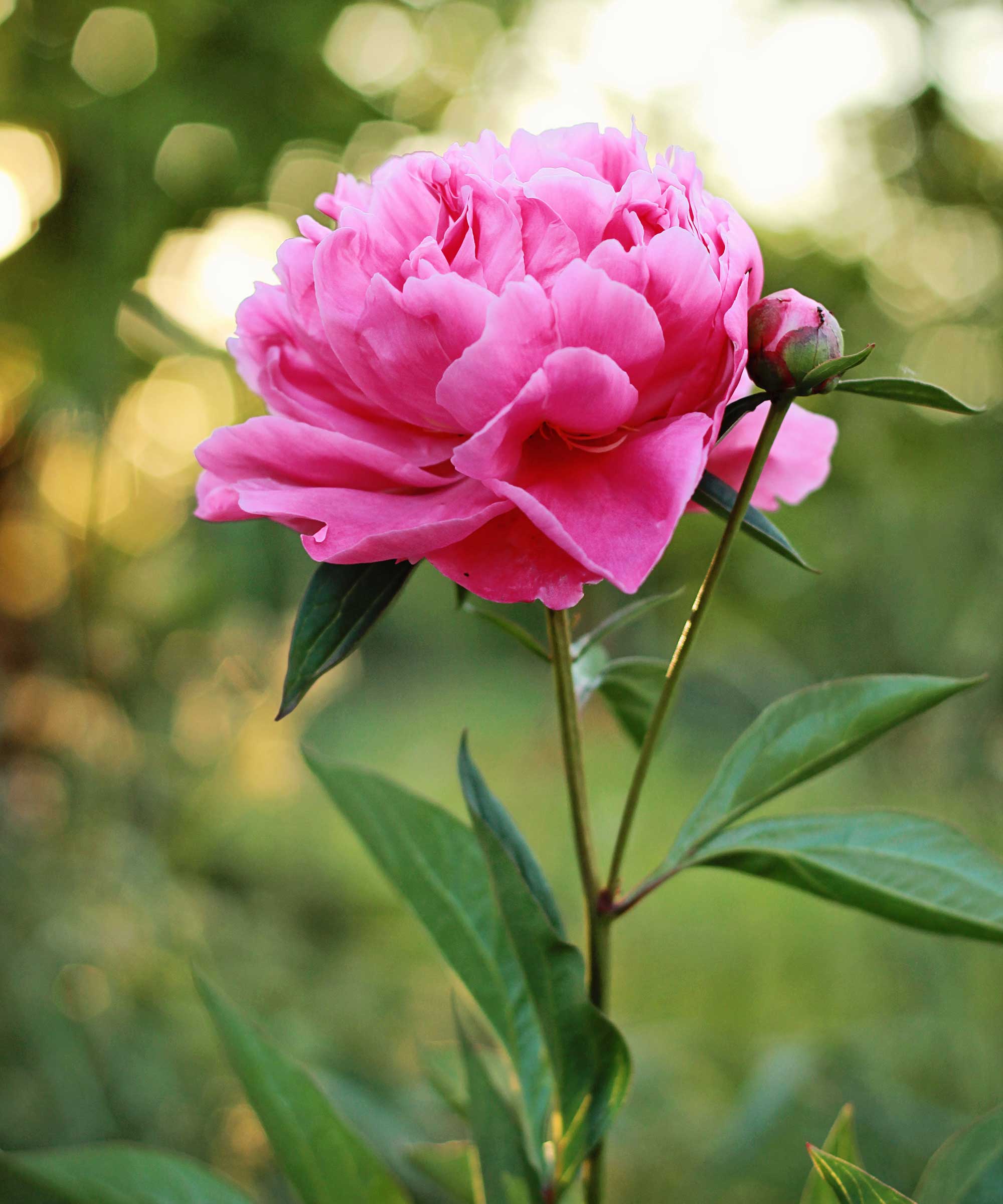
Peonies are a popular cottage garden flower, blooming from spring to summer with bright pink flowers. They're popular in floral arrangements and were even named Flower of the Year in 2024.
'With their lush blooms, peonies symbolize love and wealth,' explains flower expert Nicholas James.
They're also very easy to grow across US hardiness zone 3 to zone 8, so you can be rewarded with the luck they bring with very little effort.
However, if you find your peonies aren't blooming, it indicates their growing conditions need adjusting. This includes providing direct sun, consistent moisture levels, and growing them in a well-draining soil type.
You might find you also need to support peonies with these plant stakes from Amazon to stop them flopping over as they grow taller.

Nicholas James is the Managing Director of Fabulous Flowers, a floral delivery service. Nicholas is also the CEO and Founder of Flower Guy, a company providing affordable, bespoke floral products while supporting local businesses. He is knowledgeable about growing a range of cut flowers.
2. Marigolds
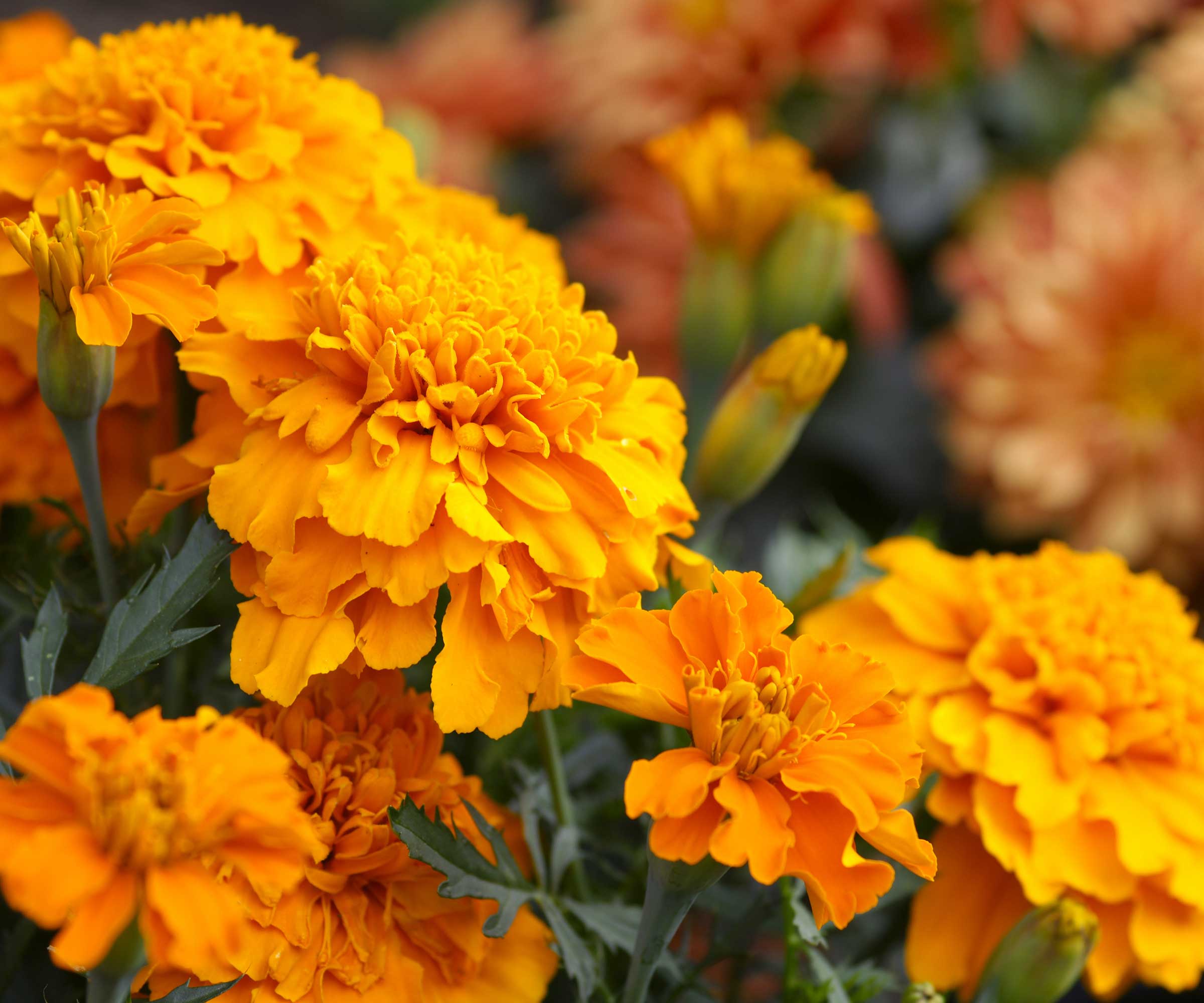
Many gardeners grow marigolds for a number of reasons: they're a bright pop of orange for the yard, they're a pest-repellent plant, and they have a long flowering time from summer to fall.
It's these qualities that associate protection and positivity with marigolds. In fact, they are even symbolic of warding off evil spirits in some religions.
To grow marigolds successfully, they need plenty of sunlight. You can also grow marigolds in pots, where they appreciate a well-draining potting mix (from Amazon), so they're a good choice for lucky plants in a container garden.
The good news is marigolds can be grown widely across US hardiness zone 2 to zone 11. Just make sure to deadhead marigolds to encourage more displays of their lucky blooms in the same season.
'Some people have good luck (pun intended) with marigolds self-seeding and coming back the following year,' notes Ren Elizabeth, gardening expert from Eco-Friendly Homestead. 'This is more likely to happen in locations with more mild winters,' she adds.
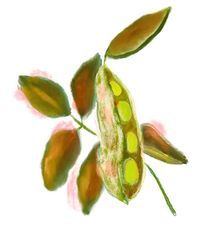
Ren Elizabeth is the steward of a 5 acre homestead, where she tends to gardens, goats, and greenhouses. She is a firm believer in the importance of regenerative gardening as a nature-based solution to climate change. She is the author of the educational blog, ecofriendlyhomestead.com, where she shares information on environmentally sustainable ways to grow food.
3. Sunflowers
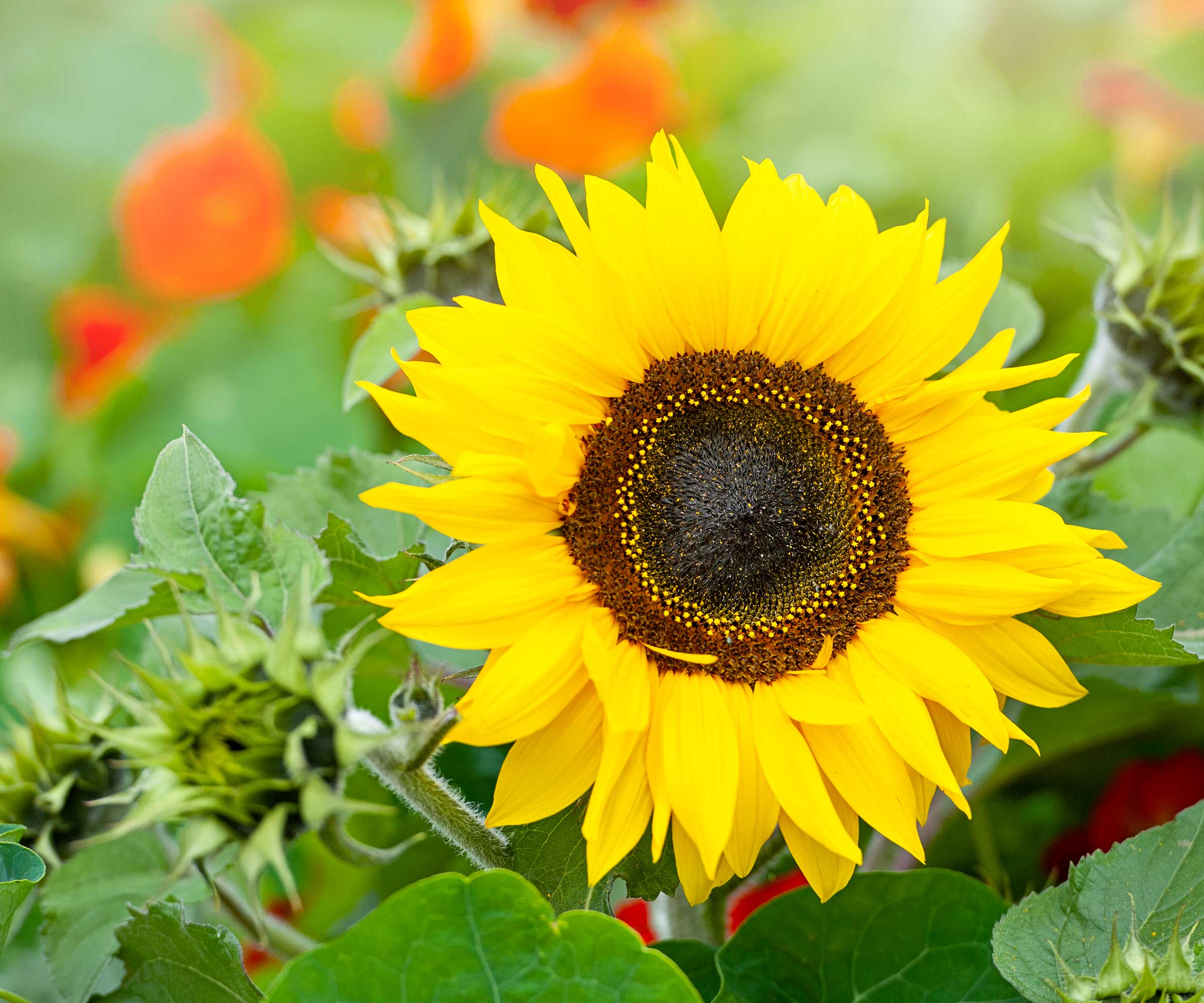
There are few flowers more joyful than sunflowers, which is why so many gardeners grow sunflowers each year. Plus, you can harvest sunflower seeds for culinary purposes and to plant again the following year.
'These cheerful blooms symbolize happiness, optimism, and longevity,' Nicholas explains.
Sunflowers are one of the easiest flowers to grow from seed and there are varieties to grow across US hardiness zone 2 to zone 11, so it's a lucky plant choice even novice gardeners will get along with.
They thrive in a full sun position, as their name indicates, and they shouldn't be left to dry out entirely. Use this soil moisture meter from Amazon to identify when the top inch of soil is dry, indicating your sunflower is ready to be watered again.
You can keep sunflowers blooming by deadheading perennial varieties with essential pruning tools - like these pruning shears from Amazon.
Why not bring the luck indoors with cut sunflowers? You can make cut sunflowers last longer by regularly changing out the water.
Something to note, however, is sunflowers aren't necessarily lucky for other plants in your yard: 'Sunflowers are known to be allelopathic - meaning that they might prevent other plants from germinating around them, or hinder their growth by releasing toxic chemicals,' explains Ren. Therefore, it's best to give your sunflowers plenty of room to grow in your yard away from vulnerable plants.
4. Yellow roses
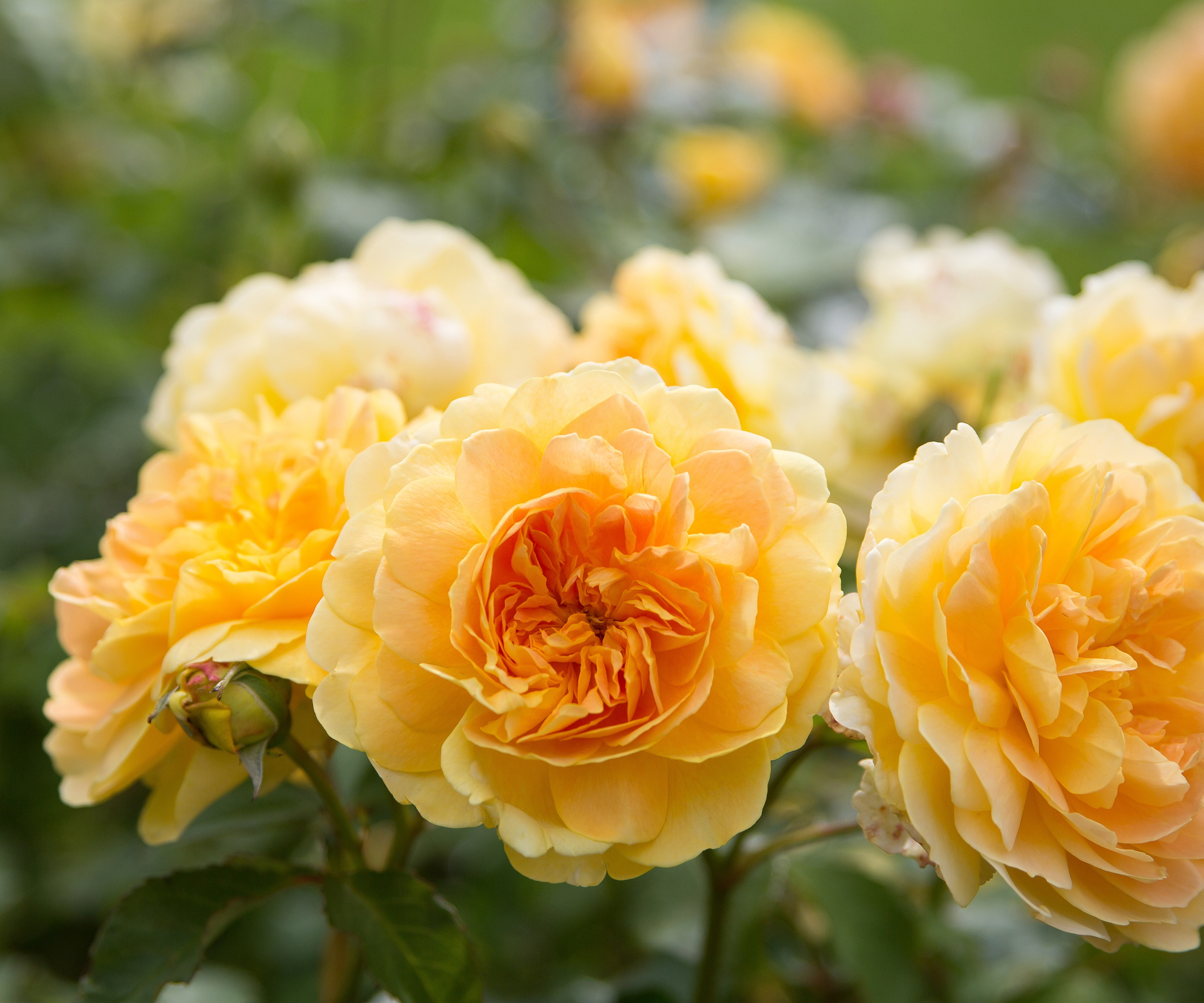
For lovers of the best rose varieties, choose a yellow rose for a summer garden filled with good fortune.
'For centuries people have gifted one another yellow roses to wish them luck, so it only makes sense that growing a beautiful yellow rose bush in your yard could do the same for you,' says rose expert Tyler Francis.
Yellow is often a less thought of color when some gardeners choose roses, but its unique hue is exactly what makes it special. As Tyler notes, they have long been popular gifts when wishing loved ones good luck, as their bright color also symbolises cheerfulness and friendship.
Growing roses does take some skill. Generally speaking, they thrive in a sunny spot and should be protected from strong winds. But, more specific care will depend on the type of rose you choose to grow in your yard.
It's also key to avoid common rose growing mistakes and take care to water roses correctly to keep them blooming for longer. It can also be beneficial to fertilize your roses with this rose fertilizer from Amazon.

Tyler is Co-CEO & Founding Member, April & Ashely, a flower delivery service with flowers grown on family-owned farms. He was also president at Francis Roses and is very knowledgeable about successful rose growing.
5. Lotus flowers
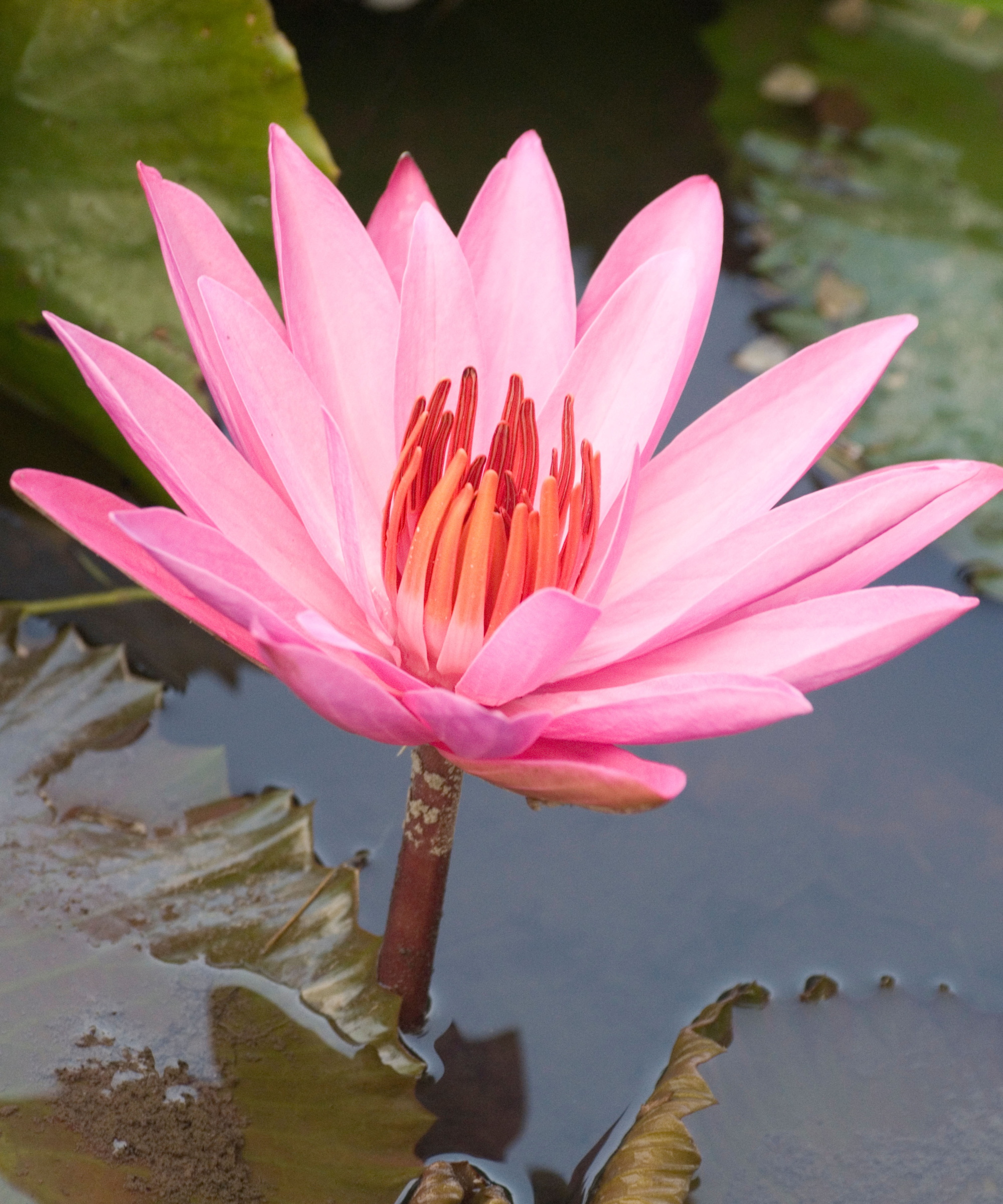
Something for gardeners with a garden pond in their yard, lotus is considered one of the luckiest pond plants to grow.
'The lotus blooming in the murky water represents wisdom and tenacity,' Nicholas says.
Additionally, in many cultures and religions, including Buddhism, a lotus is symbolic of purity, enlightenment, and the ability to rise above adversity, as it grows among even the muddiest of waters.
All of this meaning is why we also often use lotus symbol in Feng Shui in our homes.
It's quite straightforward to grow lotus from seed. It does best across US hardiness zone 4 to zone 11 and requires warm water for its seeds to germinate.
You'll need to soak the lotus seeds and lightly file them to expose the inner part of the seed, before placing them in a container of warm water and mud. As the lotus develops seedlings and they become bigger, transplant them into a larger container, continuously adding water as it grows.
FAQs
Is it considered bad luck if a lucky plant dies?
For many people, a dying lucky plant may indicate bad luck. There are many different cultural meanings and historical connotations tied to certain plants, which all come with a different understanding around what happens when that plant dies. However, many also consider it possible to revive luck by reviving the plant and providing optimal care going forward. For best results, always research the specific care needed for the lucky plants you're growing in your yard.
By planting even just one lucky plant, you may feel a more positive backyard environment. The most important thing to do is choose the plants that are right for your and right for growing in your local climate. You might also consider learning about Feng Shui mapping and apply it to your yard to better understand the energy in your outdoor environment when selecting lucky plants to grow.
Sign up to the Homes & Gardens newsletter
Design expertise in your inbox – from inspiring decorating ideas and beautiful celebrity homes to practical gardening advice and shopping round-ups.

Tenielle is a Gardens News Writer at Homes & Gardens. She holds a qualification in MA Magazine Journalism and has over six years of journalistic experience. Before coming to Homes & Gardens, Tenielle was in the editorial department at the Royal Horticultural Society and worked on The Garden magazine. As our in-house houseplant expert, Tenielle writes on a range of solutions to houseplant problems, as well as other 'how to' guides, inspiring garden projects, and the latest gardening news. When she isn't writing, Tenielle can be found propagating her ever-growing collection of indoor plants, helping others overcome common houseplant pests and diseases, volunteering at a local gardening club, and attending gardening workshops, like a composting masterclass.
-
 Bethenny Frankel says this affordable but 'expensive-looking' silverware set is the perfect stand-in for an iconic $2,050 version – recreate the look for under $60
Bethenny Frankel says this affordable but 'expensive-looking' silverware set is the perfect stand-in for an iconic $2,050 version – recreate the look for under $60Store your flatware in style with the RHONY's flashy (but affordable) egg-shaped flatware recommendation – and get the look no matter your budget
By Sophie Edwards
-
 Easily harness the decluttering power of the Category Consolidation Approach – if you constantly try and fail to 'eat the elephant whole', experts say this one's for you
Easily harness the decluttering power of the Category Consolidation Approach – if you constantly try and fail to 'eat the elephant whole', experts say this one's for youTake the stress out of streamlining with this tried-and-tested method that home organizing pros love
By Andy van Terheyden